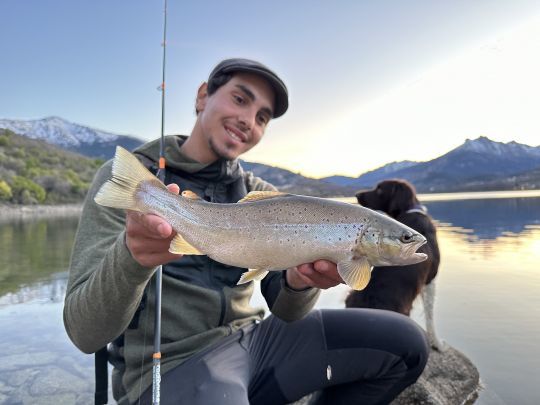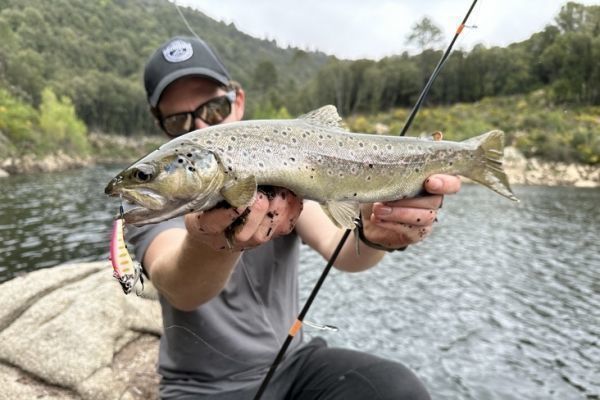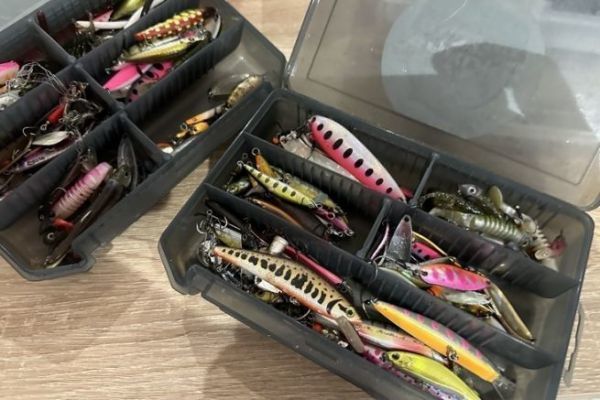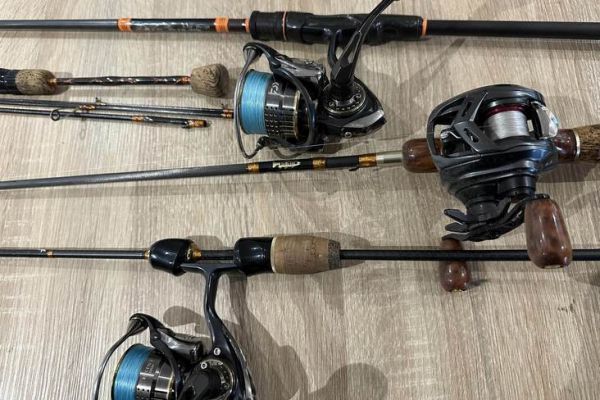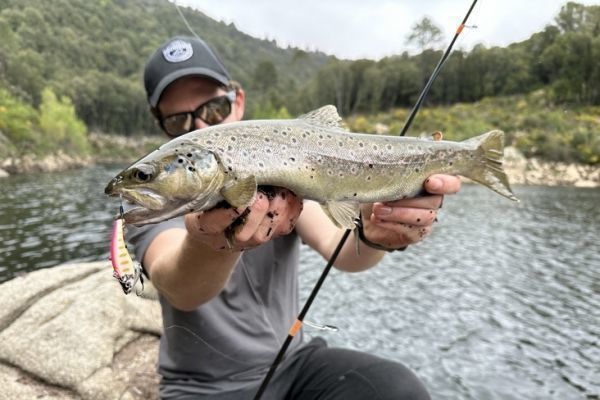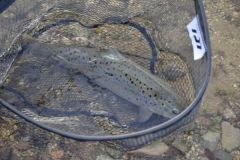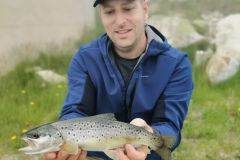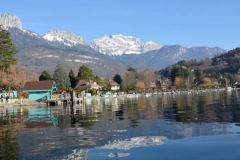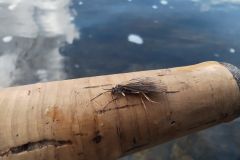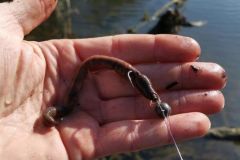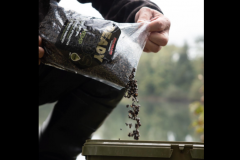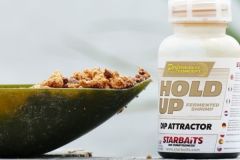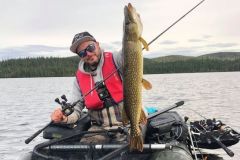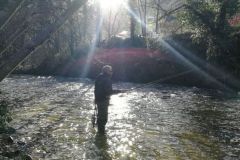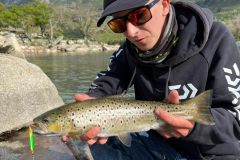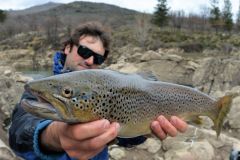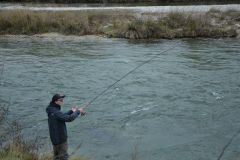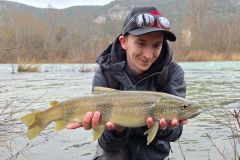Choosing your spotlight for the opening
In trout-growing regions, it's not uncommon to find trout in streams, but also in large rivers and even in mountain lakes! Several factors determine the angler's choice. The first is whether the angler wants to spend the opening alone or accompanied, and if the latter, with how many people. Indeed, if the opening is as much a fishing trip as a party where several friends get together, it's preferable to choose a lake, a type of spot on which it's easier to fish with several people, unlike rivers! On the other hand, fishing alone or with two anglers can be done on any type of spot.
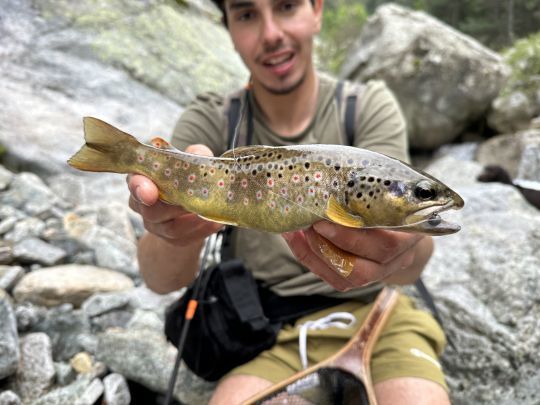
Another factor is the weather, on the day of course, but also in the days and weeks leading up to it. River levels are highly dependent on rainfall, but also on snowfall in mountainous regions, so you need to make sure that they are suitable for fishing, i.e. not too low for the season, nor too high to avoid taking risks while fishing, and that the snowmelt has not started, which generally has the effect of stalling trout and making them very inactive. On opening day, if the weather isn't fine, it's best to choose a river or lake that's relatively accessible, so as to be able to return to shelter quickly, as the weather is very changeable in March. If heavy rain is forecast for the upper watershed of the river or stream you decide to fish, it's best to change your choice, as river levels can rise very quickly, making them impassable or even dangerous.
As spot selection is based mainly on three different types of spot, namely small streams, rivers and reservoirs, it is important to select the right equipment for the environment.
Equipment for brook trout fishing
For small stream fishing, the rod and reel combo should be as light as possible, as it's not uncommon to walk several hours to get to the spot, or back again. Indeed, since fishing is quite fast due to the narrowness of the stream, it's possible to cover several kilometers in a few hours. A rod length of between 1.40 m and 1.80 m is ideally suited, as you don't need to cast far, and a longer length would be awkward among branches and rocks. The power of this rod should be around 1-7 g and a reel size 1000 or 2000 will be perfectly suited. The reel should preferably be fitted with 0.14 to 0.18 mm nylon, to guarantee discretion and resistance to abrasion, two important points in small streams.
In terms of lures used, the classic spinning spoon in small sizes (00 to 1) remains, even today, a must-have for stream fishing. Small swimbaits from 30 to 50 mm, soft shad or finess lures up to 5 cm and a few insect or worm imitations for the fussiest fish will also be included in the boxes.
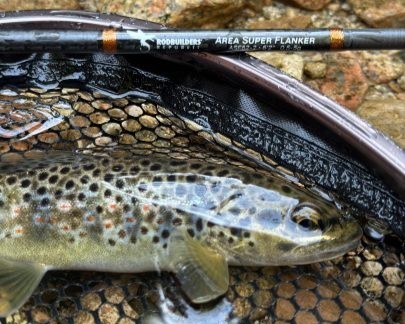
River fishing and the right equipment
In larger rivers and streams, the environment is generally less crowded, and it's sometimes essential to gain casting distance to reach the famous bank opposite, or the holes upstream to remain as unobtrusive as possible.
The rod will therefore be larger than for streams, with a length of between 1.80 m and 2.20 m. The power will also be higher, to be able to pass bigger and denser lures, so 2-9 g or 3-12 g are perfectly suited. As for the reel, a size 2000 or 2500 is the best compromise. It can be filled with braid or nylon, and finished with a 0.18 to 0.24 mm fluorocarbon leader, depending on the size of the fish you're after.
As far as lures are concerned, you can fish with a multitude of different types in rivers and streams, from spinners to wobblers, from small 50 mm swimming fish to large minnows over 10 cm in length, including soft lures, vibrating blades and insect imitations. This type of environment means that you need to have a wide range of lures in your tackle boxes, to adapt not only to the depths and flow of the day, but also to the conditions and moods of the trout, which sometimes change very quickly.
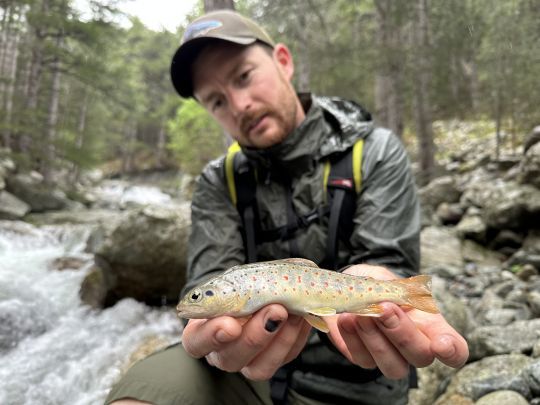
Trout fishing equipment for reservoirs
The reservoir is undoubtedly the largest environment in which to fish for trout. Casting distance is a very important parameter, so choose a combo that allows you to cast far!
A rod between 2.30 m and 2.60 m long, with a relatively long butt to benefit from a high leverage arm, is a real ally. Power ranges from 3-12 g to 5-25 g. It can be fitted with a size 2500 or 3000 reel with fairly fine braid (PE0.6 or PE0.8) to gain a few more metres. The leader, ideally connected with an FG knot, should be fairly long (2 to 3 m) and an ideal compromise will have to be found depending on the size of fish that can be hit in the lakes concerned. A good fluorocarbon between 0.20 and 0.26 mm will then do the trick perfectly. The lure can be finished off with a clip, of which there are some very discreet ones available today that offer great resistance, making it possible to quickly change lure or color after following a fish, for example.
Lures are more or less the same as for river fishing, with heavier weights, especially for metal lures such as ripples and jigs, which can reach between 15 and 20 g without any problem. For swimbaits and soft lures, it's also possible to use lures over 10 cm, which sometimes makes all the difference to other anglers, especially if fishing pressure is high, as is regularly the case on reservoirs.
